A lot of very interesting hifi equipment is coming out of Poland these days.There seems a real passion and drive for innovative excellence and a lot of this work is targetted at the higher echelons of audiophilia.
The item under review is a two chassis valve (tube)-based pre-amplifier, with the PSU housed in an identically-sized and -finished casing of its own.
Designed in Poland by valve-guru Andrzej Markow and built by Wojciech Korpacz whose obsession with this preamp resulted in 3 years of work on its design and the eventual formation of his own company to promote the Absolutor in its current form.
A quite thick but flexible umbilical cable links the pre-amp and the PSU, the one on the review sample was 1m long.
Drop dead gorgeous to look at – the review sample had a piano black finish with large central aluminium volume control on the main pre-amp chassis. The Absolutor pre is also available in white with a black volume control.There is a small green, not too bright, power indicator light on each chassis. the front fascias are subtly contoured. Beautifully finished, this is a work of art. Very, very, nice.
I get the strong feeling that this pre-amp was very much a ‘labour of love’ for the designer.
UK Version
For the UK version, the version reviewed here, Tungsol 12SN7GT valves are used instead of the 6H8 valves used on the Polish version. G Point-Audio, the UK distributor, feels these give a more holographic, less lean sound than the 6H8. Two of these drive a pair of carefully selected Raytheon 6HS7GT valves – NOS (new old stock) from 1943.
TKD potentiometers are also fitted for the UK-supplied version of the pre-amp.
Some practicalities of ownership
The review unit had just 2 stereo RCA inputs, only switchable from the rear (the switch is on the right hand side of the rear panel, when viewed from the front). Greg at G-Point informs me that additional inputs (RCA or XLR) can be included as an extra price option.
RCA and XLR stereo outputs are available, also only switchable from the rear (the switch is at the middle of the back panel). The review unit had both, but I only used the RCA outputs.
The On/Off switch is once again at the back (top left of the PSU chassis’s rear panel).
There is a Grounding switch on the rear of the PSU unit (just to the right of the On/Off switch). It made no difference in my system – there was zero hum.
Those rear-mounted switches are a curious design decision, especially for input selection, perhaps driven by the desire for a ‘clean’ front fascia appearance. I can certainly envisage a home setup where reaching ’round the back to change inputs – or, less frequently probably, outputs – would be impossible. Potential owners need to make sure that this is OK for their planned system layout.
No remote control. Damn! I’m a couch potato at heart.
Placing the two chassis directly adjacent to each other, there was no induced hum in my system and they looked wonderful. But they are wide in this configuration (49cm when touching) and will not fit on all shelving systems.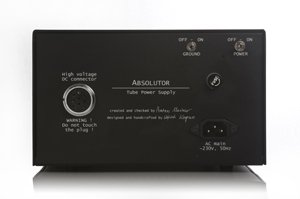
The input sensitivity was high on the review unit, which means that pretty much all of the action took place at the bottom end of the volume control range – and that’s with my 83dB/W speakers – if you have speakers of higher sensitivity (most are!) then the usable volume control range will be even smaller. Happily, the ‘feel’ of the volume control is superb; smooth but with a feeling of grippy firmness, so that very precise volume settings are easy to achieve. I feel sure that this aspect of the Absolutor’s performance can be fine tuned and your system characteristics can be taken in to account when the pre-amp is purchased.
No mark or indentation on the volume control to give an indication of the volume level – I stuck a small piece of Blu-Tac on it to show the volume setting!
The Sonics
OK – enough gripes and whinges already. What does it sound like? In a word – pretty darn wonderful in many ways!
I started off just plugging it in to my usual mains block (a Monster HTS1000) and settled down for an initial listening session. Lovely soundstage, very 3D and focussed both side-to-side and in depth. Tonality was a bit on the lean side and there was a definite ‘edge’ to the high frequencies with sibilance somewhat exaggerated.
Plugging the Absolutor into my PS Audio Power Plant Premier mains power regenerator (see separate Hifi Pig review) resulted in a less edgy top end, although I would still classify it as slightly on the lean/bright side of absolute neutrality, with a touch of high frequency emphasis that subtly exaggerates vocal sibilance, for example. Imaging was even better with cleaner mains power too; I’ve never heard my speakers disappear so effectively.
So I think that the Absolutor pre is quite fussy when it comes to the quality of the mains power it is fed. Everyone’s mains supply is different, but I think that improvements in this area are well worth investigating. All subsequent listening was done with regenerated electricity supply to the Absolutor.
The word pellucid comes to mind when describing the sound of this pre-amp.
Pellucid: Translucently clear. Lucid in style or meaning; easily understood
Lucid: completely intelligible or comprehensible
Yes, I think that captures the sound of the Absolutor quite well. You know those veils that keep disappearing as your hifi equipment is upgraded? – well, a few more veils flutter beguilingly to the floor with this pre-amp.
The dynamic envelope is very wide, forte chords seem to explode from the speakers in an impressively unconstrained manner. Some real ‘Wow’ moments are to be had!
Bass is deep, well-controlled, fast and well-proportioned against the rest of the frequency spectrum. I’ve heard more impressive bass from a few solid state designs, the Absolutor pre-amp missing out on the nth degree of slam and shudder, but it is still very fine.
The Absolutor is amazingly transparent to the recording in the crucial midrange, but this does have its downsides. With my Krell or NuForce pre-amps, the sound is on the forgiving side, nasties are somewhat smoothed over – It’s all, well, a bit ‘nice’. But with the Absolutor, poor recordings are shown up as such. Even what I had considered as good recordings started to show some obvious faults. So, when it comes to recording quality you have to take the rough with the smooth with this pre-amp. Good recordings often enough sound stunning, though. Poorer recordings are shown up for what they are. My bet is that you will re-discover your whole music collection.
Some Brief Comparisons
The two pre-amps currently finding long term favour in my system are the Krell KRC-3 and a NuForce P8. Both very fine pre-amps, albeit in rather different ways.
The Krell favours the big musical picture, with grand sweeping gestures and a pleasantly slightly dark tonality – it’s rare for music to sound harsh or over-forward with the Krell.
The NuForce is more brightly lit and more obviously transparent. It kind of dissects the music into separate strands and lays it out before you for close scrutiny.
I like and enjoy them both as they give different kinds of insight into the music.
Well, you’ve probably guessed it – the Absolutor pre-amp gets a foot firmly in both camps! It has the overt detail resolution of the NuForce, while also capturing the grand sweep and huge dynamic envelope of the Krell. It also delves deeper into the recording than either of those fine solid state pre-amps.
In Summary
Beautifully made, clearly a labour of love on the part of the designer, the Absolutor pre-amp also sounds fabulous and provides a gateway to a deep level of musical insight.
Be careful not to partner it with bright ancillaries – in fact, for my personal taste it would work best with a system otherwise biased on the slightly warm side – and watch out for the accessibility of those rear mounted source selection switches when you are planning your system layout. Given those caveats, I find it hard to imagine that most audiophiles and music lovers would be in any way disappointed with the Absolutor pre-amp. It is a thing of musical and aesthetic beauty.
Price as tested 3000€ for the single ended version and 3200€ for the XLR version.
Review system – MBL 116F speakers, Parasound Halo 21 power amp, Krell KRC-3 & NuForce P8 pre-amps, Resolution Audio CD50 CD player.
Want to read more hifi reviews?





























































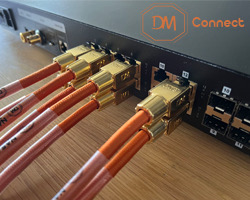


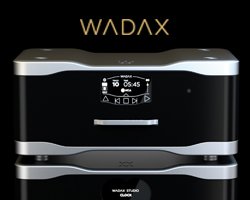


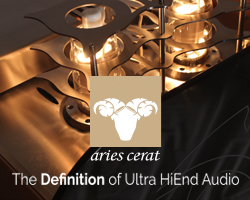
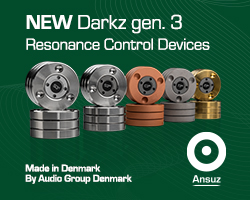

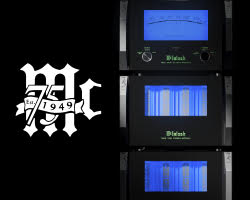


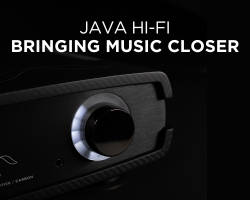
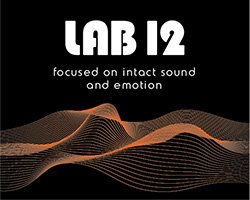

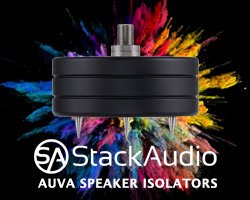



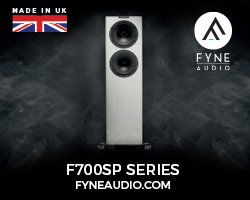


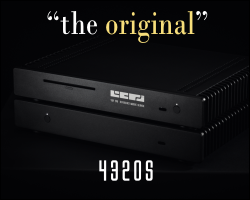




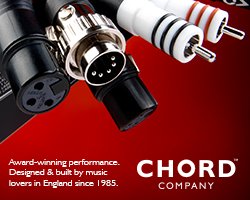









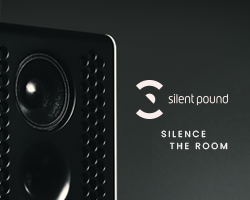


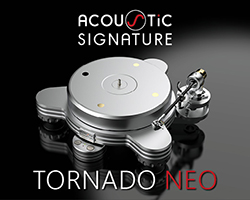
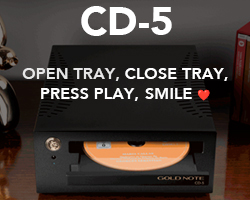


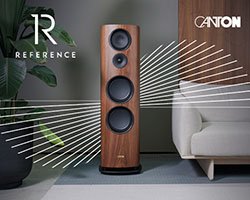










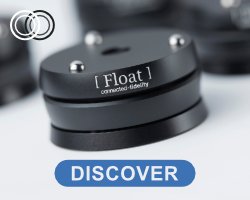
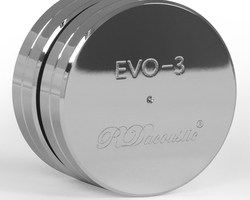
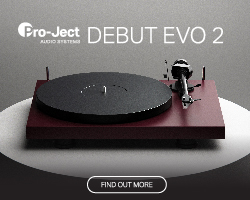




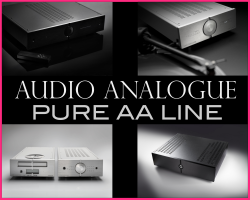
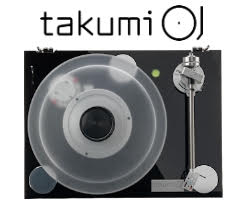




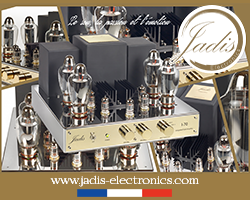
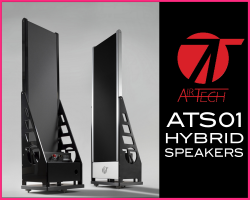

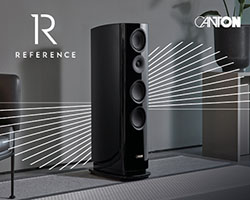



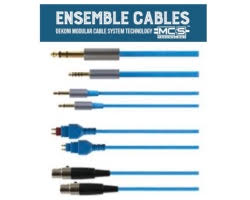




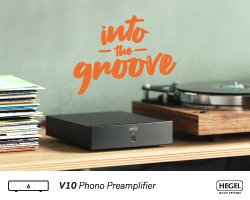




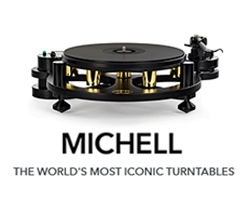



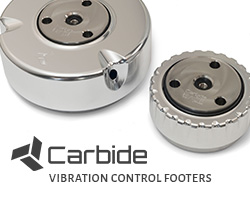

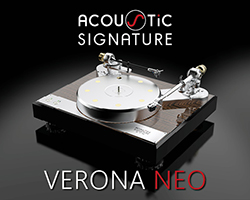
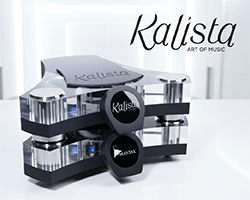
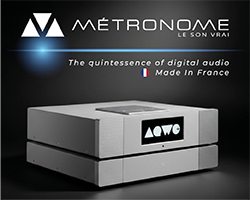





















































You must be logged in to leave a reply.